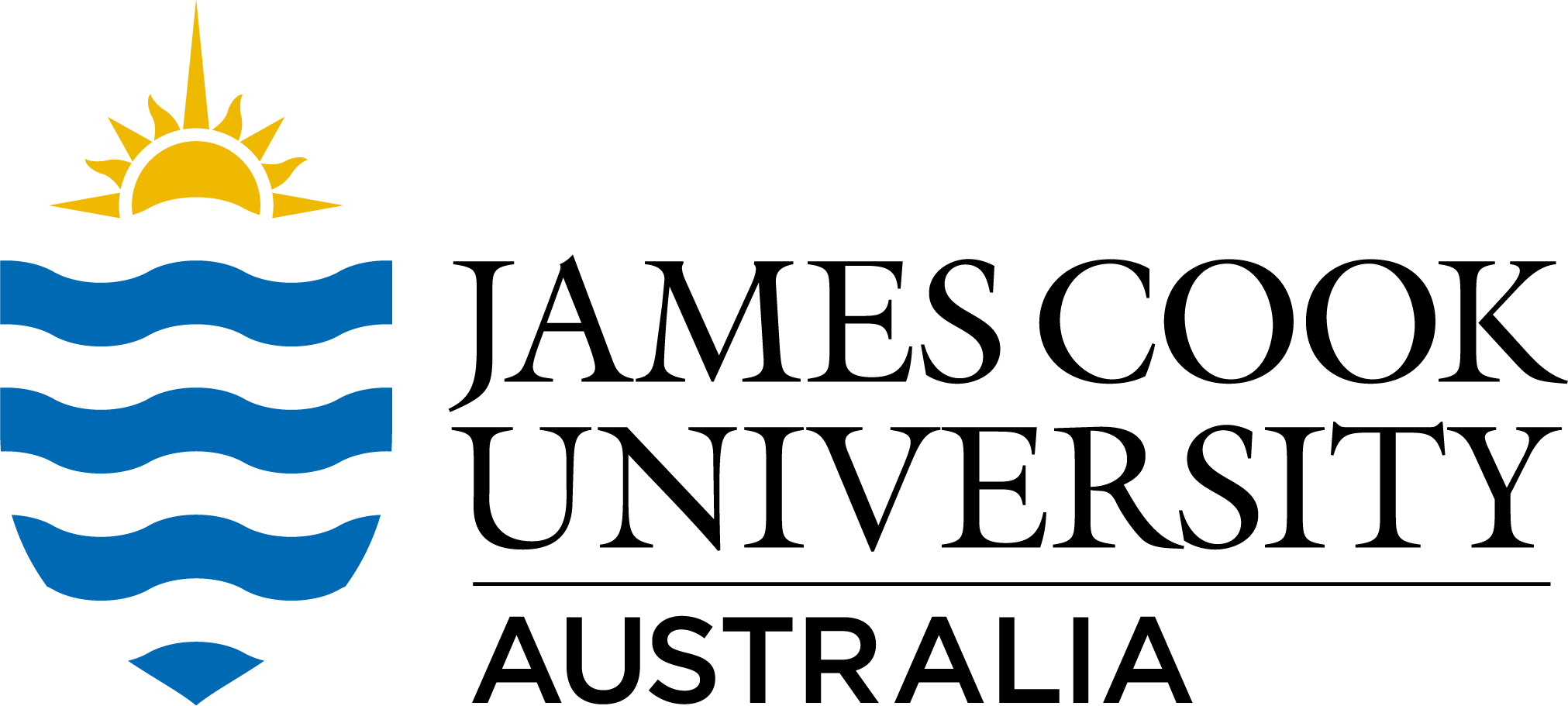Full description
Since the discovery of Chromera velia as a novel coral-associated microalga, this organism has attracted interest because of its unique evolutionary position between the photosynthetic dinoflagellates and the parasitic apicomplexans. The nature of the relationship between Chromera and its coral host is controversial. Is it a mutualism, from which both participants benefit, or is Chromera a parasite, harming its host? To better understand the interaction, larvae of the common Indo-Pacific reef-building coral Acropora digitifera were experimentally infected with Chromera and the impact on the host transcriptome assessed at 4, 12, and 48 h post-infection using Illumina RNA-Seq technology. The transcriptomic response of the coral to Chromera was complex and implies that host immunity is strongly suppressed, and both phagosome maturation and the apoptotic machinery modified. These responses differ markedly from those described for infection with a competent strain of the coral symbiont Symbiodinium, instead resembling those of vertebrate hosts to parasites and/or pathogens such as Mycobacterium tuberculosis. Consistent with ecological studies suggesting that the association may be accidental, the transcriptional response of A. digitifera larvae leads us to conclude that Chromera is more likely to be a coral parasite, commensal, or accidental bystander, but certainly not a beneficial mutualist.
Overall design: The goal of the study is to determine the nature of the coral-Chromera association based on host transcriptional response post-Chromera infection.There were 2 conditions (Chromera-infected and control). Samples were taken at 3 time points post-Chromera infection; 4h, 12h and 48h. There were 3 biological replicates per condition. RNA was isolated and 17 RNA-Seq libraries were sequenced on Illumina Hi-Seq 2000 platform. Samples were analysed to infer differential gene expression, comparing the Chromera-infected samples to the control ones at each time point.
The full methodology is available in the Open Access publication from the Related Publications link below.
Created: 2018-02-19
User Contributed Tags
Login to tag this record with meaningful keywords to make it easier to discover
- Local : researchdata.jcu.edu.au//published/aa6083e69fb67ebcf2f460ec81190593
- Local : 1b595d251e523b5260931fc09cd49db5


